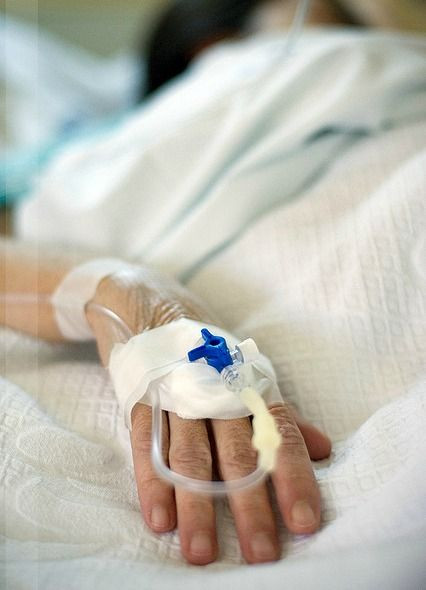Children with Cancer More Likely to Develop Central Line Infections at Home than at Hospital

Compared to children who are treated in hospitals, pediatric cancer patients at home may develop three times as many infections from central lines, a new Johns Hopkins Children's Center study says.
Central lines, also called central venous catheters, are used to inject medications and fluids through a tube placed in the neck, chest, or groin. If and when these tubes are placed incorrectly or moved too often, the central line can be an entry point for bacteria into the bloodstream, causing invasive bloodstream infections.
Marlene Miller, one of the authors of the study and the director of Pediatric Quality and Safety at Johns Hopkins Children Center, noted that there isn't a very solid understanding of central line safety once pediatric cancer patients leave the hospital. In hospitals, protocols have been designed to prevent these infections — hospital-setting central line infections have even declined recently. However, once the child is at home, complications may arise due to frequent handling of the tube and the family's lack of specific protocol for central line care.
Children with recently placed central lines, bone marrow transplants, or past infections were at a higher risk for developing invasive bloodstream infections, the study found. Patients who had a central line that remained open under the skin were more likely to be at risk than those whose central lines were implanted.
The researchers studied 319 children with cancer, most of whom were hospitalized and then sent home. There were 19 bloodstream infections in children who were treated in hospitals, while 55 infections occurred to those who had been transferred back home.
"[W]e feel clinicians should remain vigilant when sending home certain special categories of pediatric cancer patients who face higher infection risk by virtue of their condition, device type or a combination of the two," Michael Rinke, a pediatrician at Johns Hopkins Children's Center, said.
In an earlier study released in the October 2012 issue of Pediatrics, researchers at Johns Hopkins Children's Center analyzed the effects of strict handling precautions on central line catheters. Nurses made sure to change the dressing cover, tubes, and caps of the central line frequently; to clean the line before and after each use; to use facial masks and gloves; and to wash hands before and after handling the line. On top of that, parents were asked to oversee the nurses in handling their children's central lines, and nurses discussed the root causes of each infection in monthly briefings.
"Parents can act as an invaluable second set of eyes, and we urged them to be vigilant about the way their child's central line was handled," Kim Drucis, a pediatric oncology nurse, said in the 2012 study. "We also encouraged them to ask questions and to speak up every time they noticed something different."
Over the course of two years, using this strict protocol reduced the number of central line infections by 20 percent.
"Teaching family members the 101 of central line cleaning and care can go a long way toward reducing infection risk and is something that should become part of the formal discharge routine in each and every hospital," Rinke said.
Published by Medicaldaily.com



























